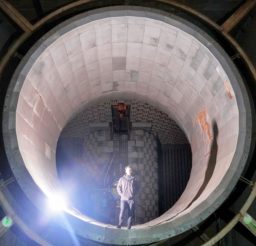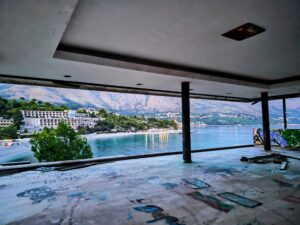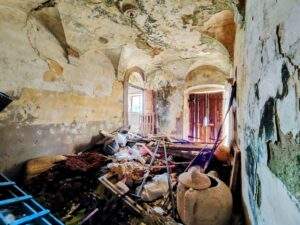Abandoned Ireland: Good Shepherd Convent, Cork | Urbex
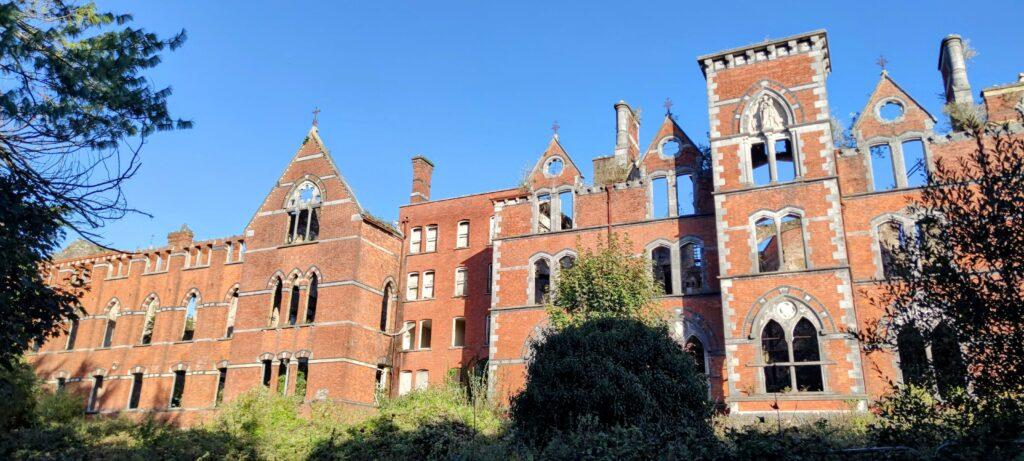
This is the most disturbing place we’ve ever visited. Delving into its past has brought up more horrors than can be imagined, and the fact that these atrocities happened relatively recently is all the more shocking.
The Good Shepherd Convent overlooks the city of Cork, high on a hill in an area known as Sunday’s Well. It opened in July 1872. The haunting Victorian building was one of Magdalene asylums.

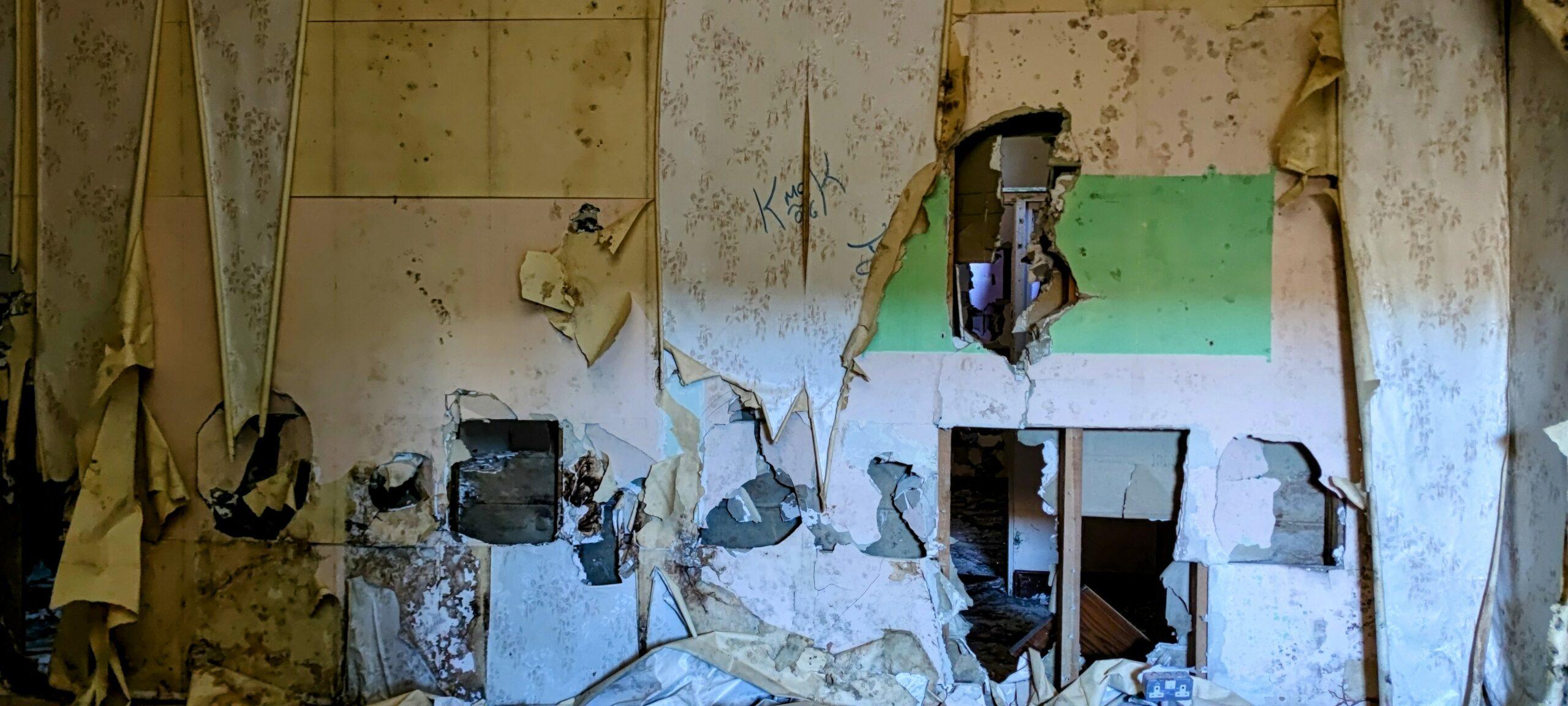
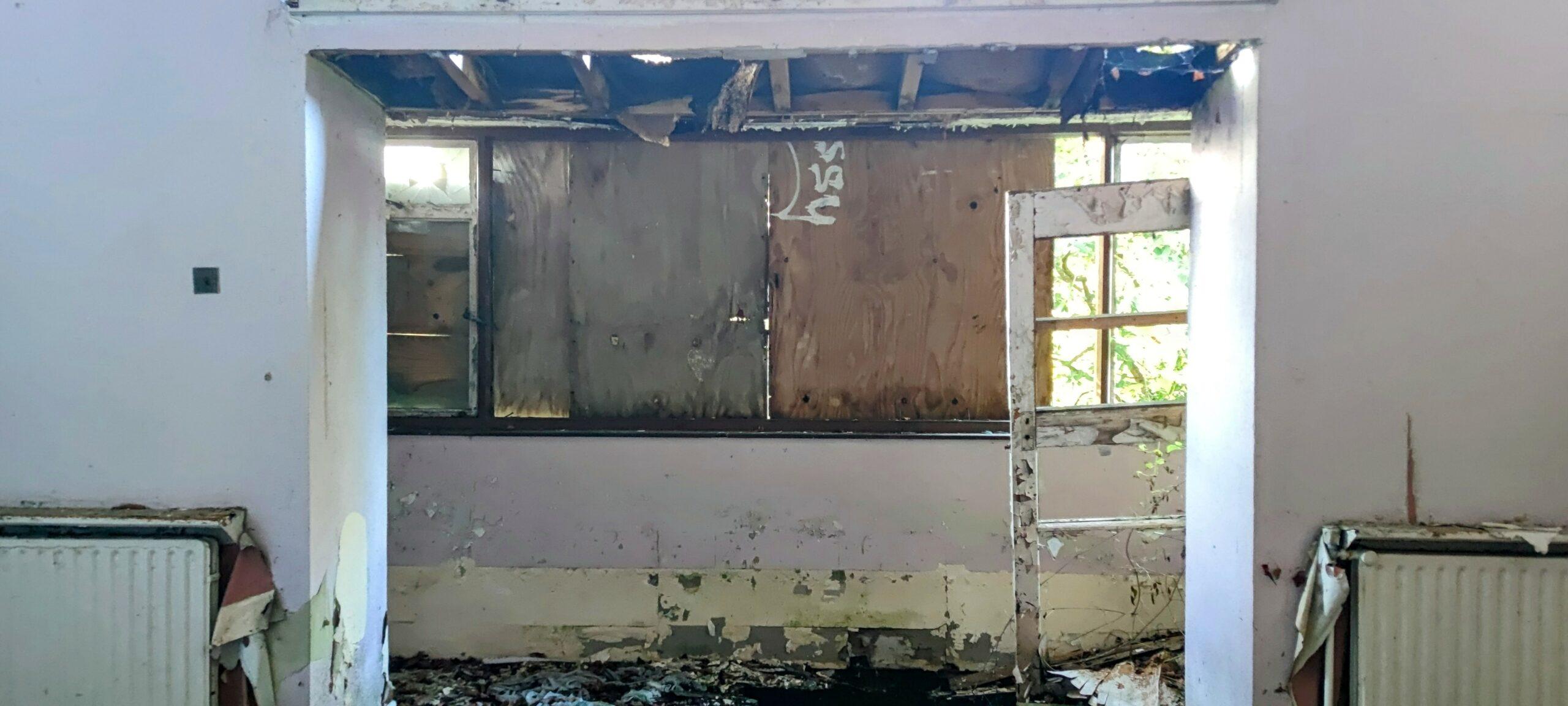
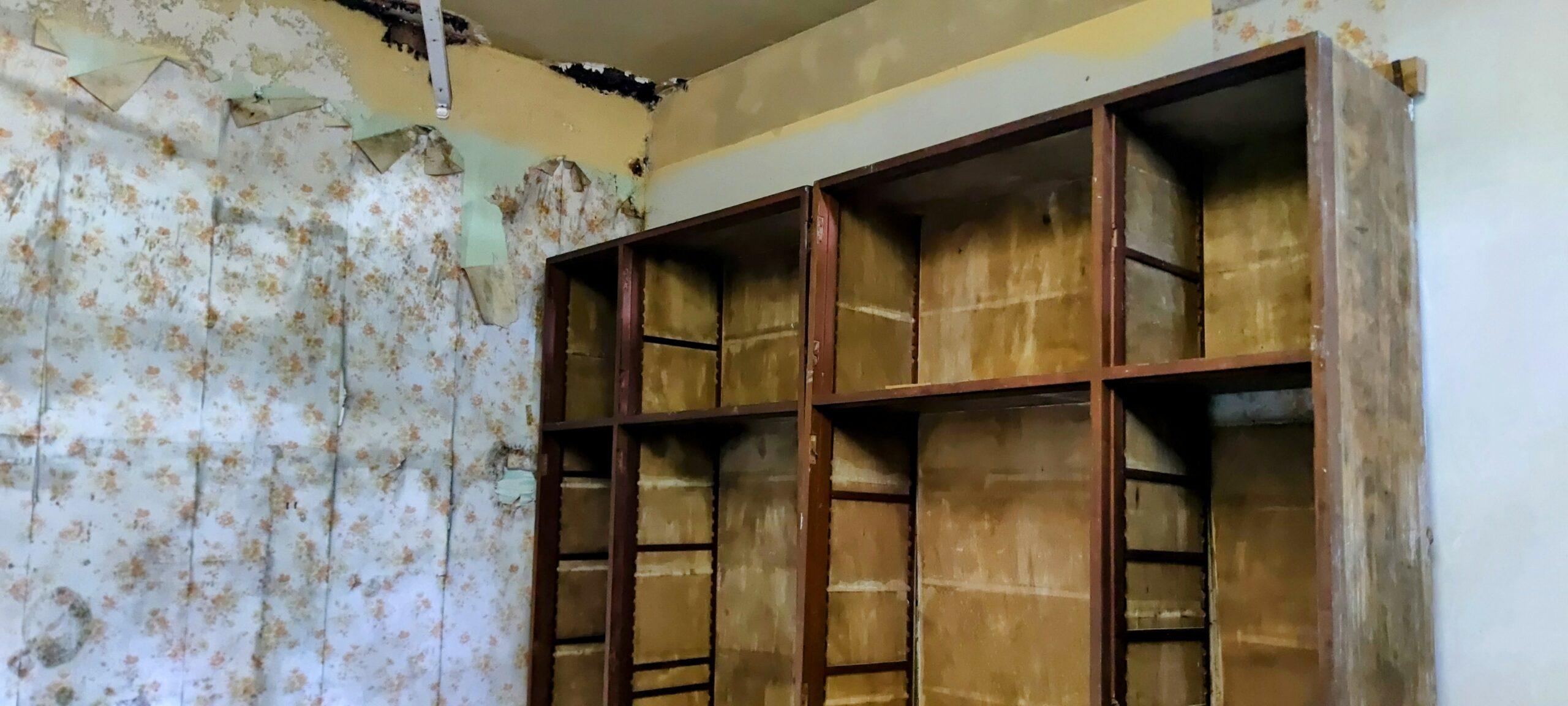

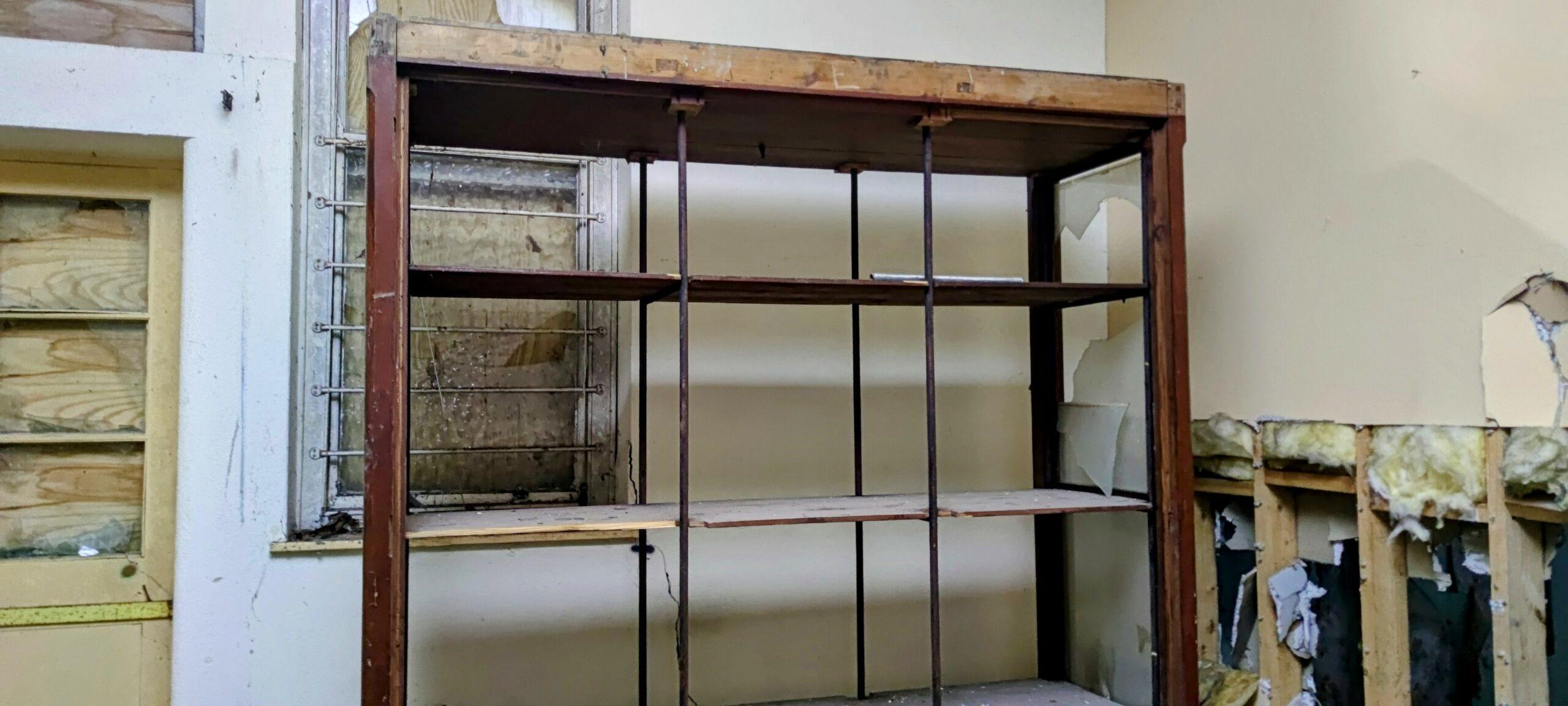
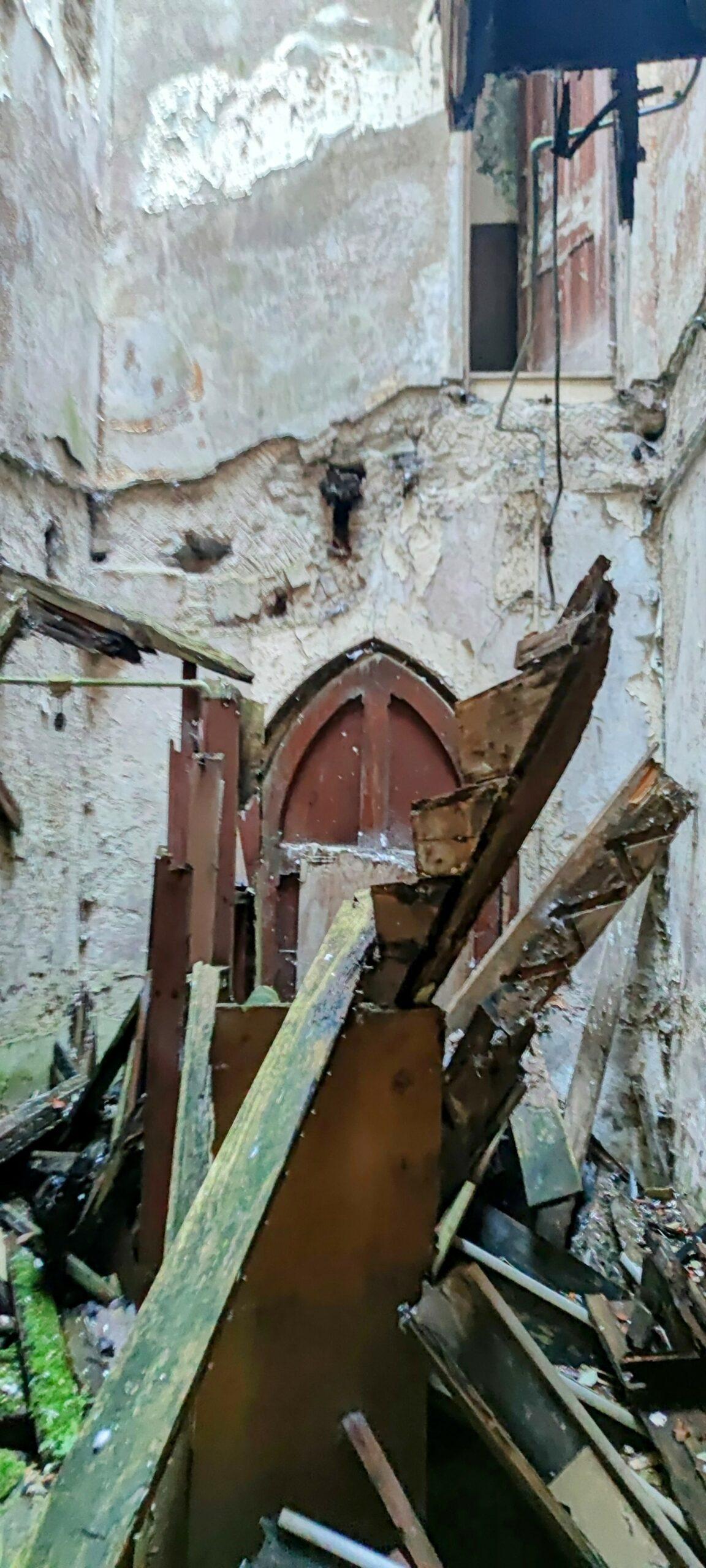

“Let their be no mistake, there are thousands of women and children secretly buried on the vast grounds surrounding the Magdalen Asylum, at Sunday’s Well. As we know, judging by another Convent in County Galway, in Tuam Town. The Tuam Mother and Baby Home, where there are at least 800 children and babies who were disposed of into a septic tank, and probably 1,800 more women and children buried in secret burial plots on their former lands. Be sure that the same is here in the Good Shepherd Convent, Magdalen Asylum, and Orphanage at Sunday’s Well, Cork City.” –Tuambabies.org
The asylum housed “fallen women,” and was also an orphanage and industrial school. In operation until 1977, the ghostly building incarcerated thousands of women and children against their will inside its red-brick walls. They were forced to work in terrible conditions and without pay in the large commercial laundries run by the religious institution that ran the site, The Good Shepherd Sisters. This heavily religious body profited from the work of those it trapped inside, sins committed by those who claimed to be doing “the work of God.”
An estimated 30,000 people were detained in Magdalene Laundries across Ireland, with the last finally closing in 1996.


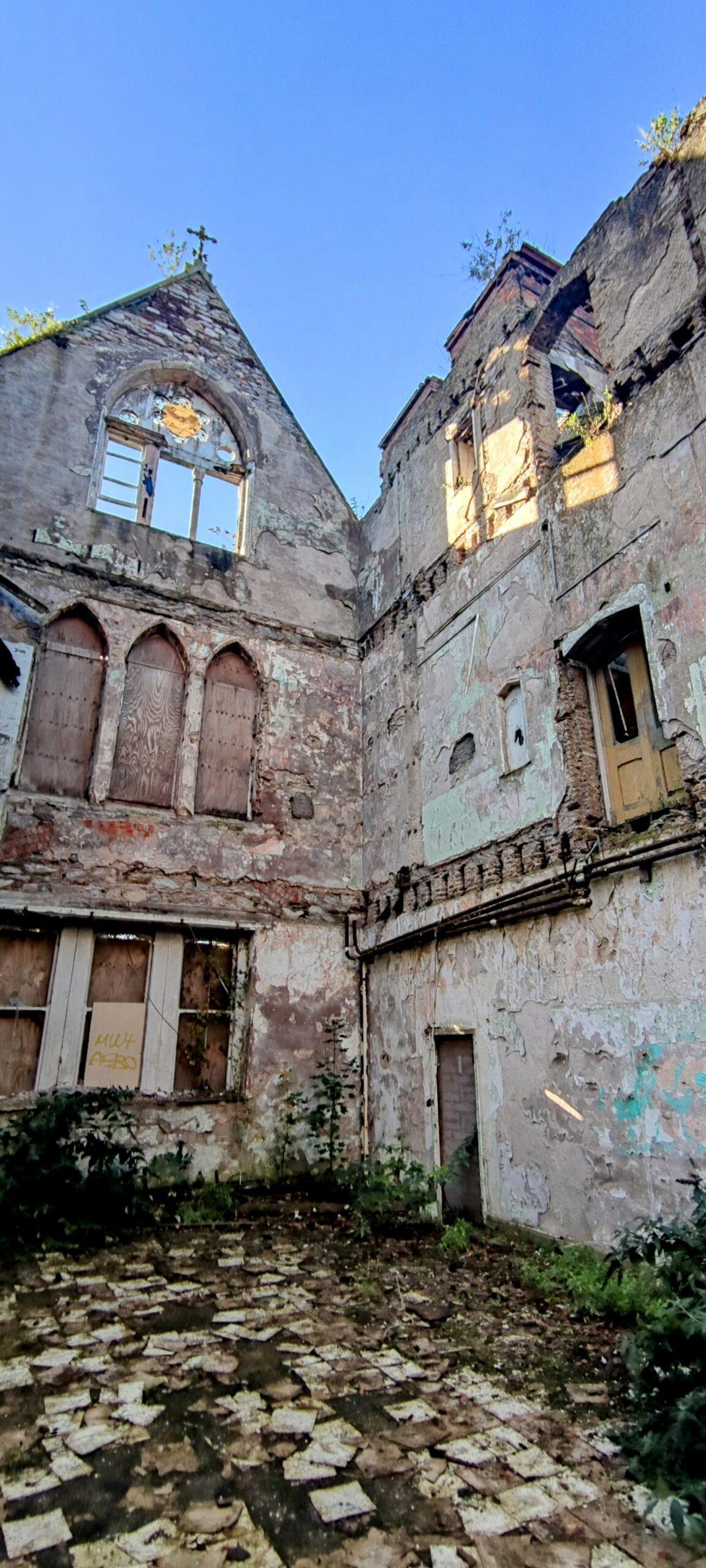


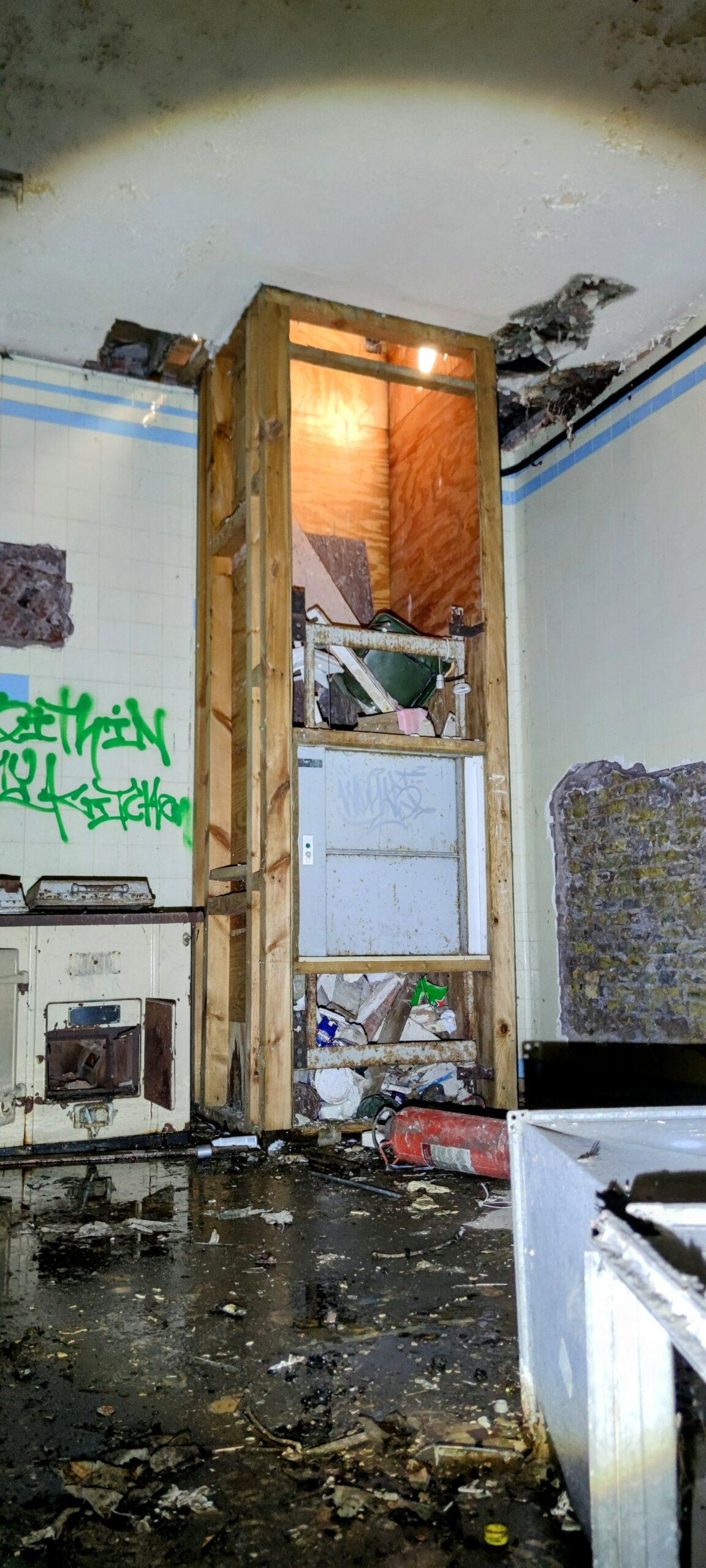
The young women and children were imprisoned at the request of family members or priests for prostitution, being an unmarried mother, being mentally challenged or even for being raped. Young girls as young as four who were considered “too flirtatious” were reported to have been sent to the Good Shepherd Convent.
“Mary Canver (born Mary O’Sullivan) was placed in the Good Shepherd Convent in Sunday’s Well at the age of 11 after her father died. She was separated from her siblings and forced to work by the nuns, who denied her an education and left her seriously malnourished. For six years from the age of 11, her duties included minding small babies through the night, cleaning, working in the laundries and preparing meals for the nuns. ‘They held me there and worked me until I was nearly 18. We weren’t allowed to talk or associate with anybody else.'” -Corkbeo.ie
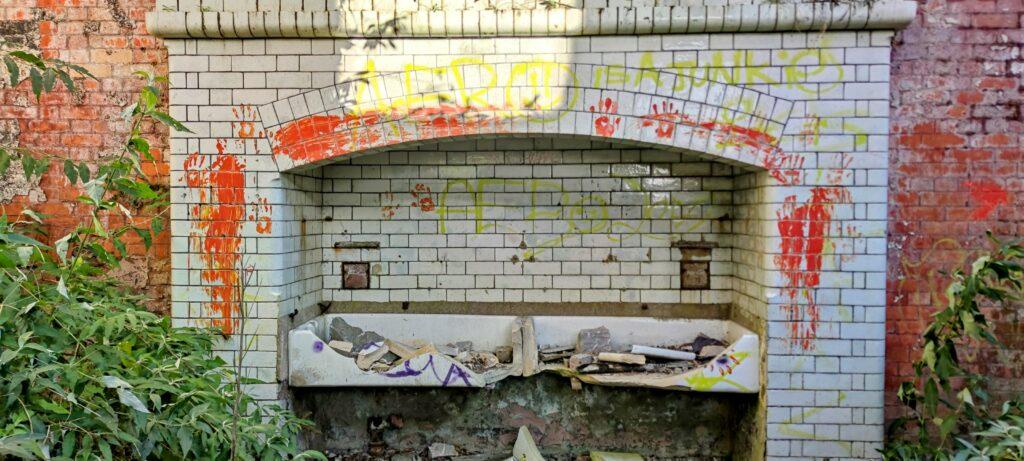


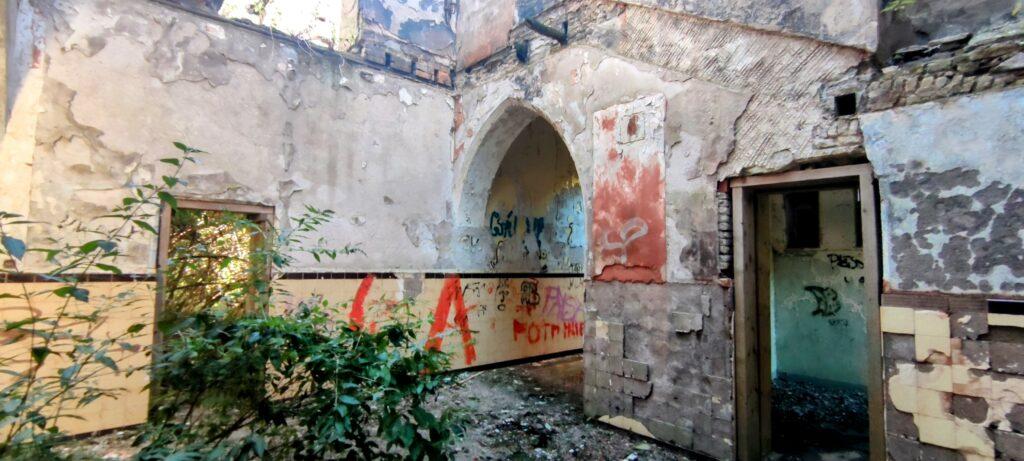
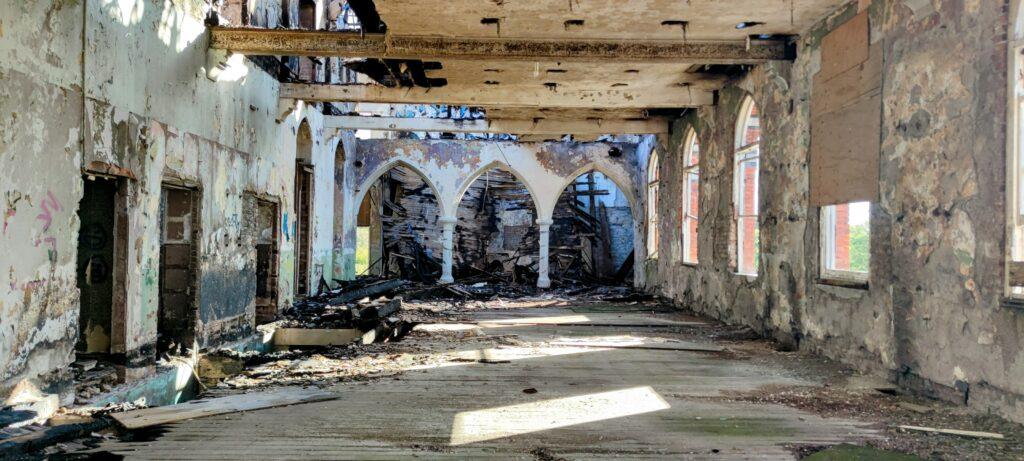
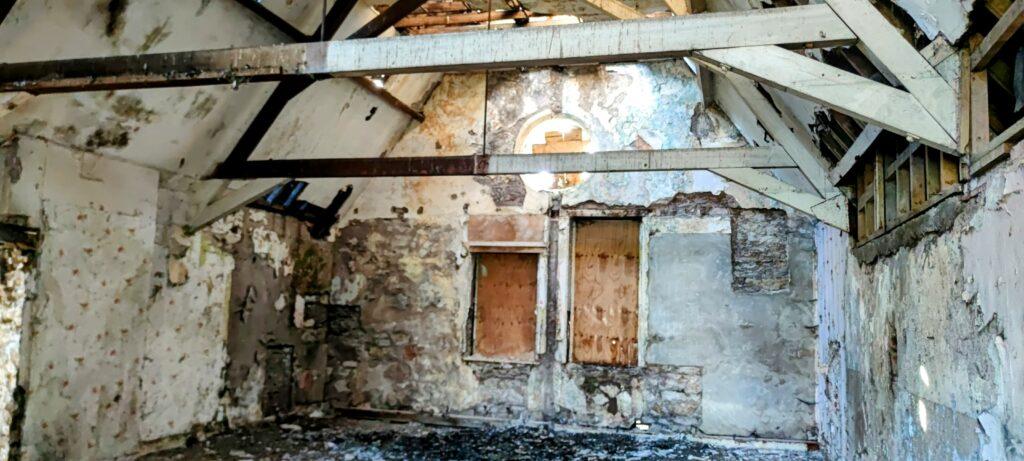
Inside the asylum, life was cruel and dehumanising, with former inmates testifying to sexual, psychological and physical abuse, whilst isolated from the outside world. Conditions were appalling, with many dying whilst imprisoned, and buried in unmarked graves. Religion was a significant part of life, with nuns overseeing prayers and enforcing strict rules.
“To date, Justice for Magdalenes Research has recorded the names of 195 women and girls who died at the Good Shepherd Laundry in Sundays Well.” –Jfmreseach.com
The large Victorian buildings have been left to rot since a serious fire in 2003, which destroyed the laundry, and left other buildings in a state of dereliction.
Urban Exploration: The Good Shepherd Asylum
Today the asylum looms over Cork, a depressing reminder of its disturbing past. The grim gothic remains are locked behind a closed gate, symbolic of the many dark secrets still hidden and hushed.
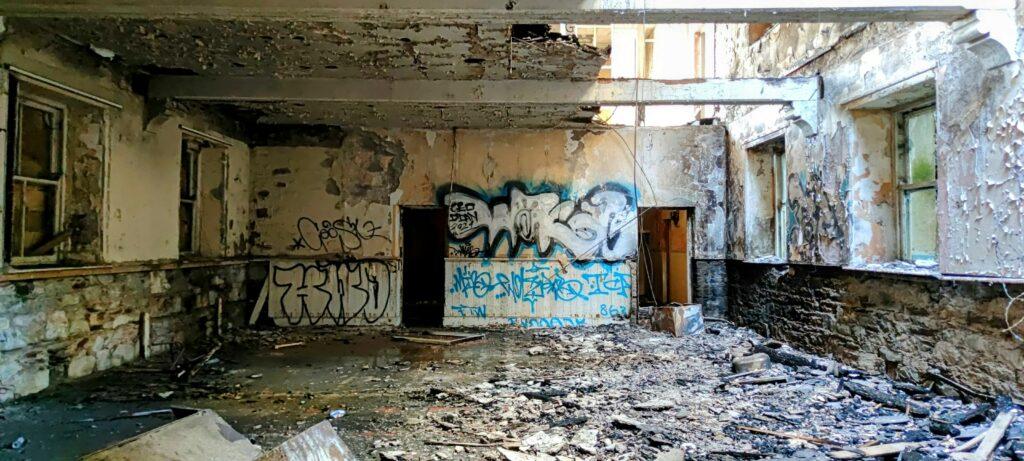
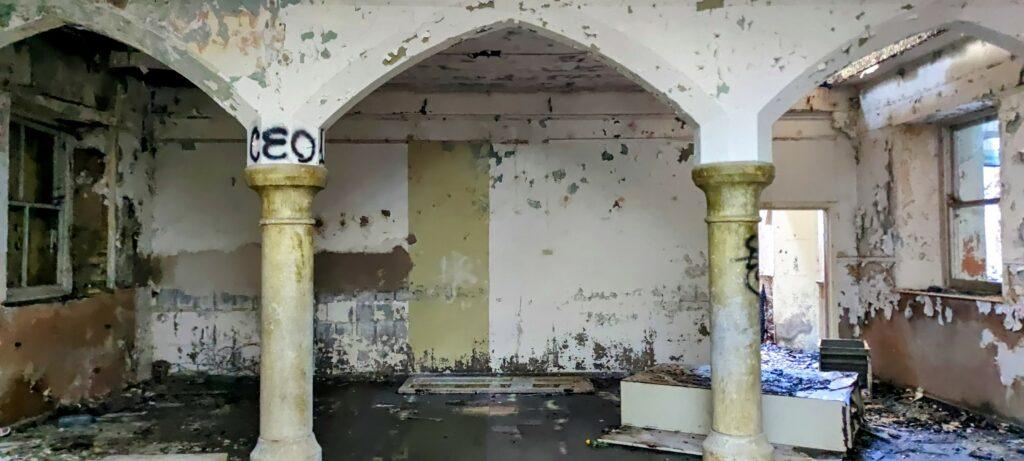
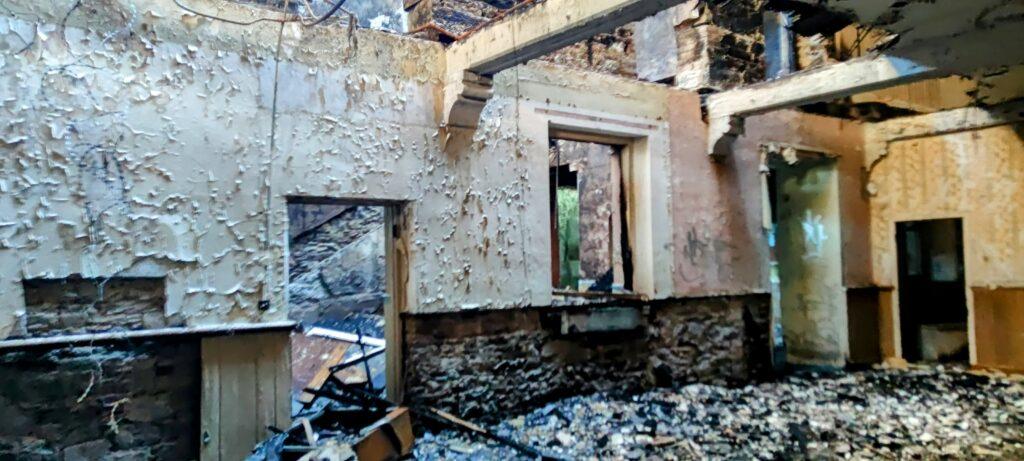

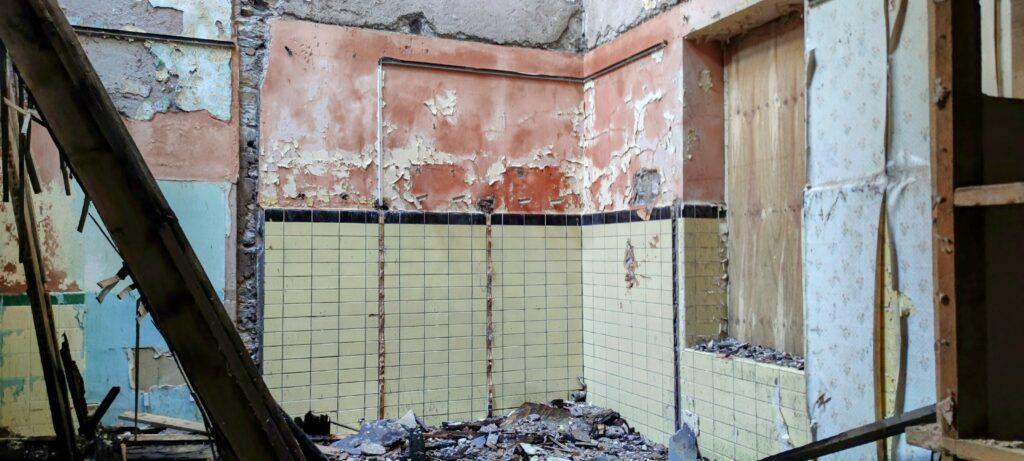


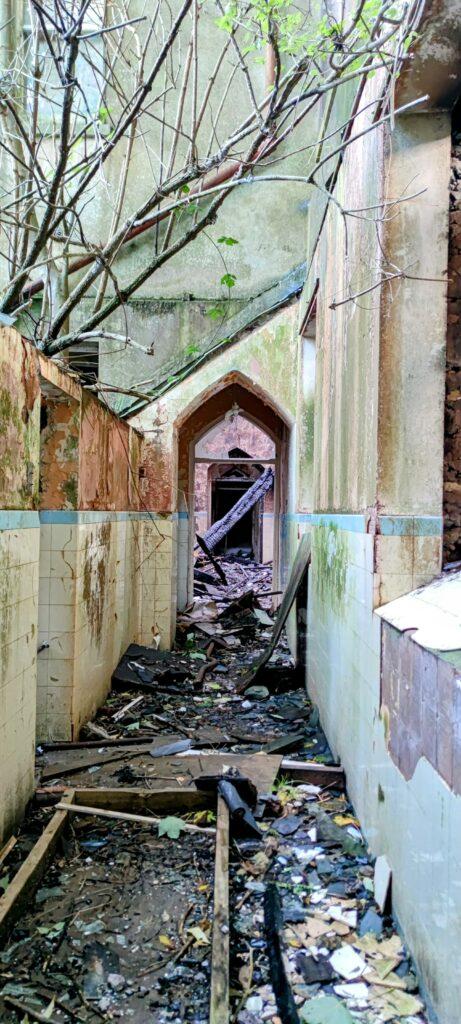
We squeezed through a gap in the fence and climbed the hill to the foot of the building, awed by its size- both length and height. In places only the outer shell remains, with arched windows peering through to plants and trees inhabiting the interior.
The building looks heavily religious, with long arched corridors and ornate tiles, which inmates would once have been forced to scrub clean. Flooring and ceilings have collapsed across multiple areas of the site, giving a view through multiple levels of the rechid abandoned building.
Paint peels and ornate staircases creak as we meader our way through the maze. Few items remain; a few ovens in a kitchen, and old doors piled haphazardly in one room.
We were’t fully aware of the horrors and atrocities that took place at the asylum when we explored it, but reflecting back now it is all the more haunting and sickening.



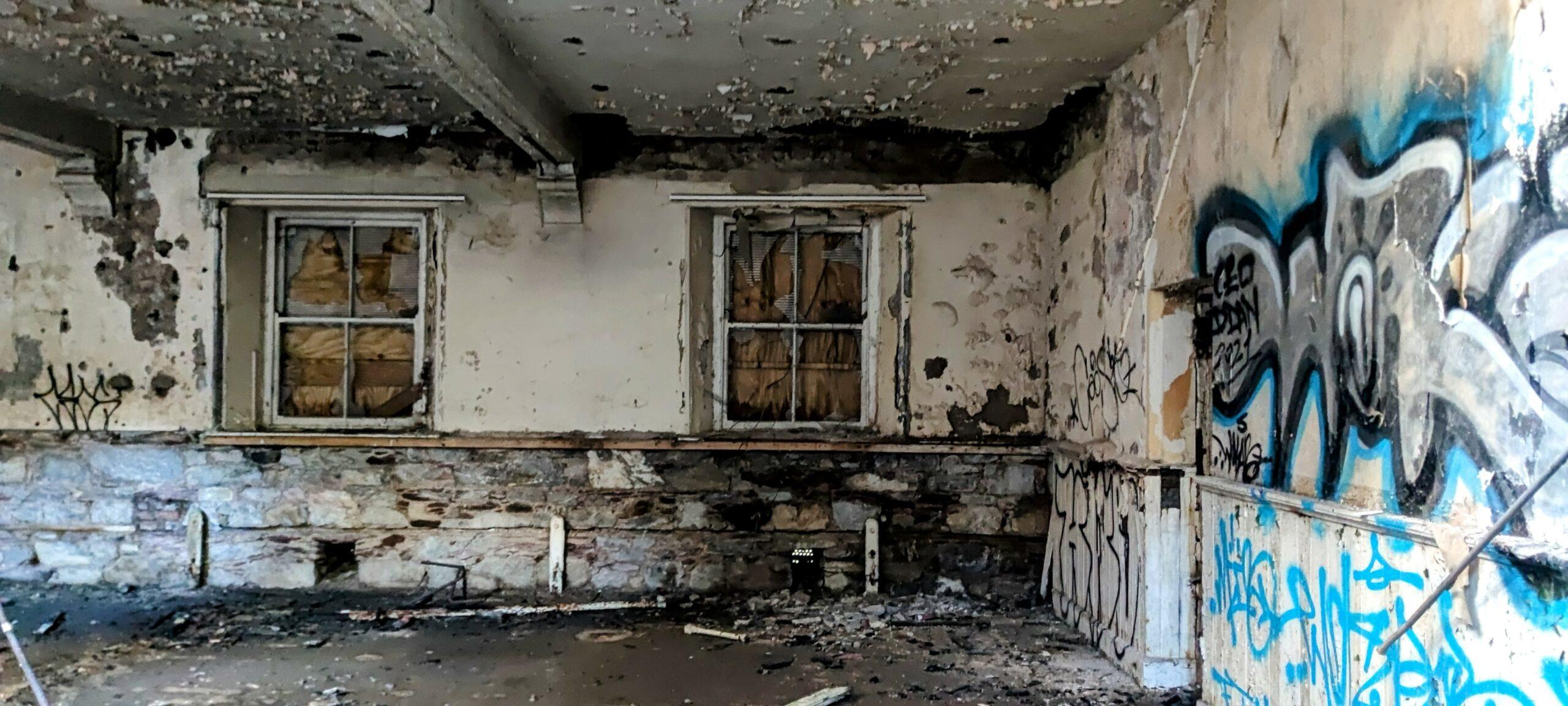


After a couple of hours roaming the grounds, we narrowly dodged a security patrol on the way out, scurrying into a bush as they passed, and then running out through the gate they had conveniently left unlocked as they entered. Those with relatives or ancestors buried here have no access to their graves, and in many cases do not know the locations of the buried.
The Future of The Good Shepherd Asylum
The Good Shepherd Asylum site has had five owners since 1996, and has been ravaged by fire three times: in 2003, 2012 and 2022. In 2019 the land was put up for sale for €6.75 million, with planning permission for 202 residential units.
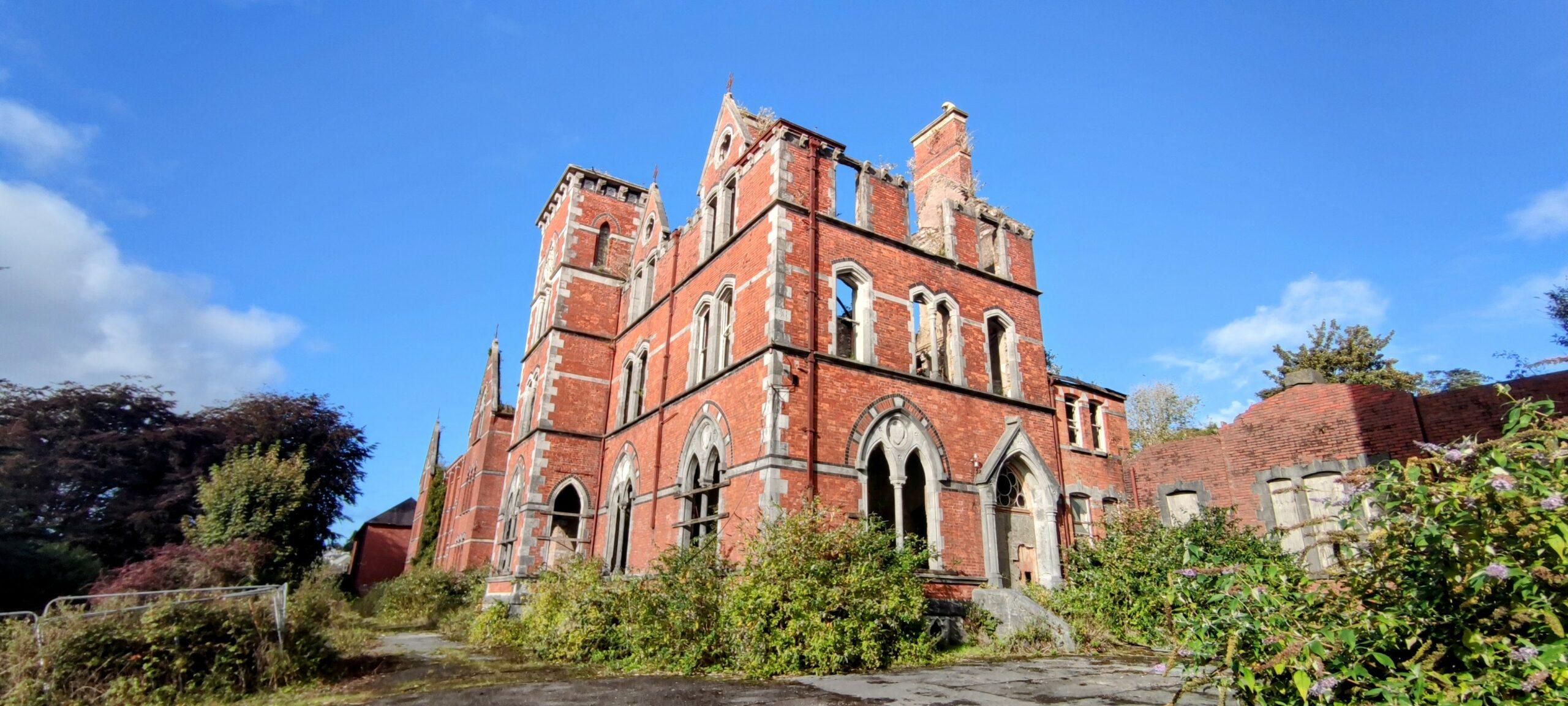
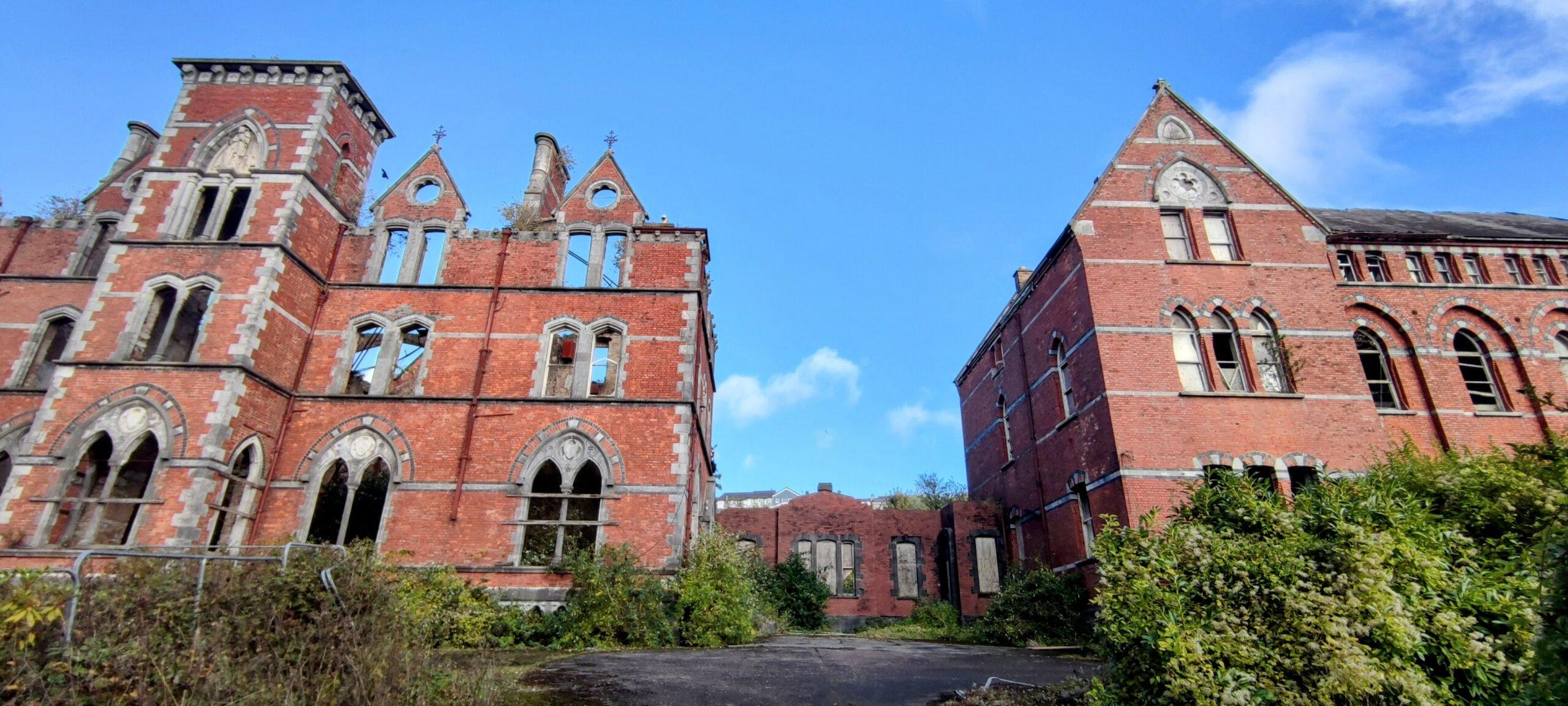
Research into the locations of graves, and the atrocities that were commited in the asylum alongside those across the rest of Ireland are ongoing, as are campaigns for justice and recognition.
On 19 February 2013, the Taoiseach Enda Kenny issued a formal state apology. He described the laundries as “the nation’s shame” and said, “Therefore, I, as Taoiseach, on behalf of the State, the government and our citizens deeply regret and apologise unreservedly to all those women for the hurt that was done to them, and for any stigma they suffered, as a result of the time they spent in a Magdalene Laundry.”
“Justice for Magdalenes (JFM) was established in 2003. The group had two main objectives, which were: i) to bring about an official apology from the Irish State, and ii) the establishment of a compensation scheme for all Magdalene survivors. JFM was a not-for-profit, totally volunteer-run survivor advocacy group, advocating on behalf of women who spent time in Magdalene Laundries. JFM exited the political arena in May 2013 having achieved its aims of a State Apology and the establishment of a commission led by Mr Justice Quirke to establish a State Redress Scheme. At this point Justice for Magdalenes Research (JFMR) was established. The members of JFMR have been assisting survivors in a personal capacity since before May 2013 and continue to do this work.”
Last Updated on 19 December 2024 by Michael

